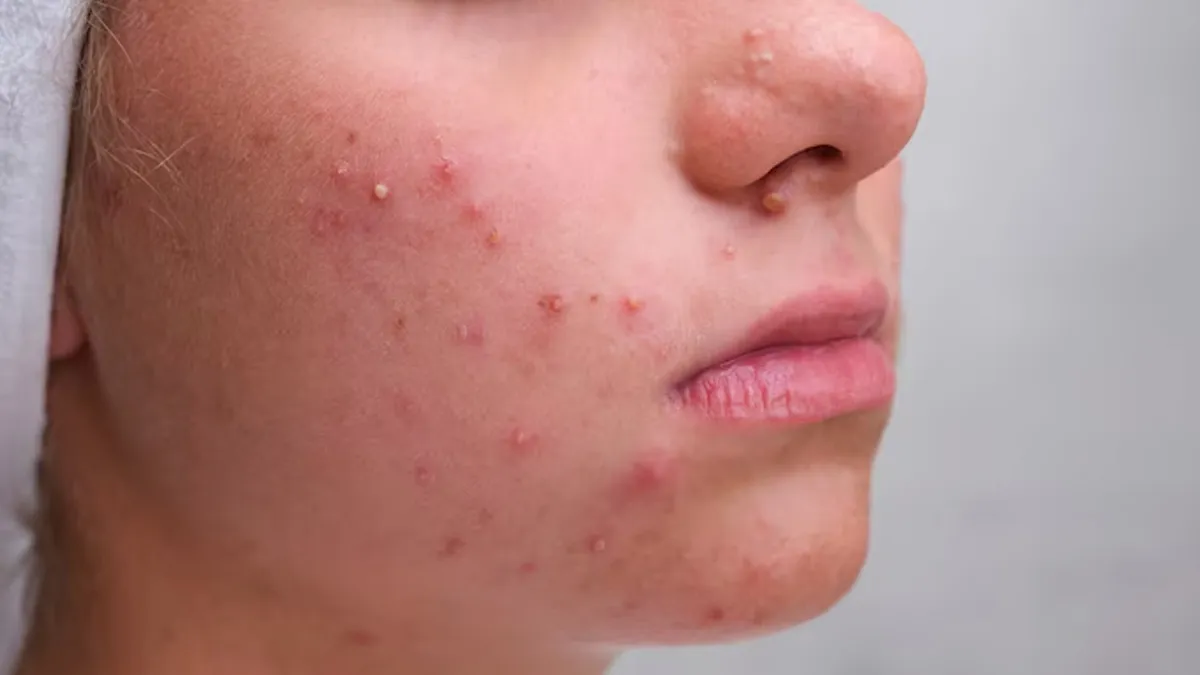
Breakouts can be tricky to tackle, especially when you’ve tried everything from changing your diet to upgrading your skincare routine. But have you ever thought about your hair products? The shampoo, conditioner, or styling gel you love might be quietly sabotaging your skin. From clogged pores to irritated breakouts, hair products can transfer to your skin and cause problems. If you’ve been struggling with unexplained blemishes, your hair care routine might be the culprit. Here are seven signs that your hair products could be causing your skin woes.
Table of Content:-
7 Signs Your Hair Products Might Be Causing Breakouts
According to the American Academy of Dermatology Association (AAD), hair care products like shampoos, conditioners, and styling treatments can lead to whiteheads and other forms of acne in these areas. Sometimes, the bumps are so tiny that you can feel them but barely see them. In other cases, they may appear as clusters of closely packed, visible bumps.
1. Breakouts Along Your Hairline or Forehead
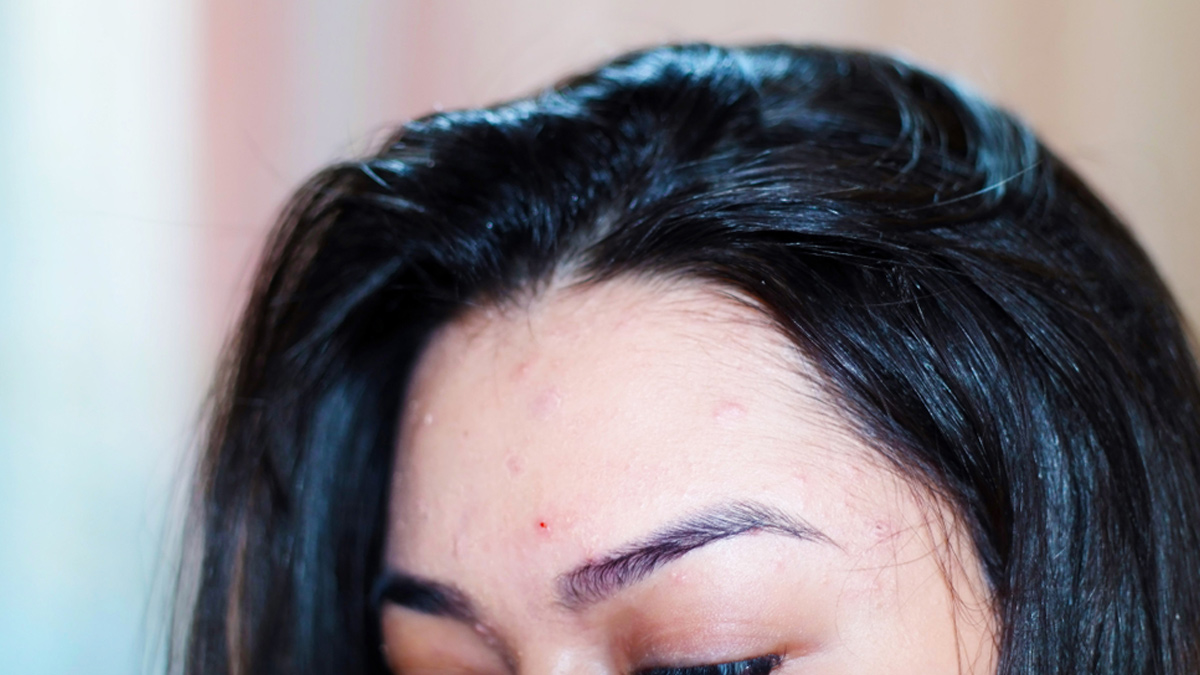
If you notice pimples or bumps concentrated along your hairline or on your forehead, your hair products might be to blame. Styling products like gels, hairsprays, or even leave-in conditioners can transfer to your skin, clogging pores and causing irritation. Many of these products contain oils, silicones, or other ingredients that cause acne.
What to do: Avoid applying products directly near your hairline. Opt for non-comedogenic or lightweight formulas to reduce the risk of clogged pores.
2. Acne on Your Back and Shoulders (Bacne)
If you’re dealing with breakouts on your back and shoulders, your shampoo or conditioner might be the hidden culprit. When you rinse your hair, the product can trickle down your body and leave behind residue. This residue, combined with sweat and natural oils, can easily clog your pores and trigger breakouts.
What to do: Wash your body after rinsing out your shampoo and conditioner to remove any lingering residue. If possible, choose hair products that are non-comedogenic or “oil-free.”
Also Read: Stretch Marks, Acne, And More: Expert Lists Common Skin Problems Women Face During Pregnancy
3. Oily Skin That Feels Worse After Using Certain Products
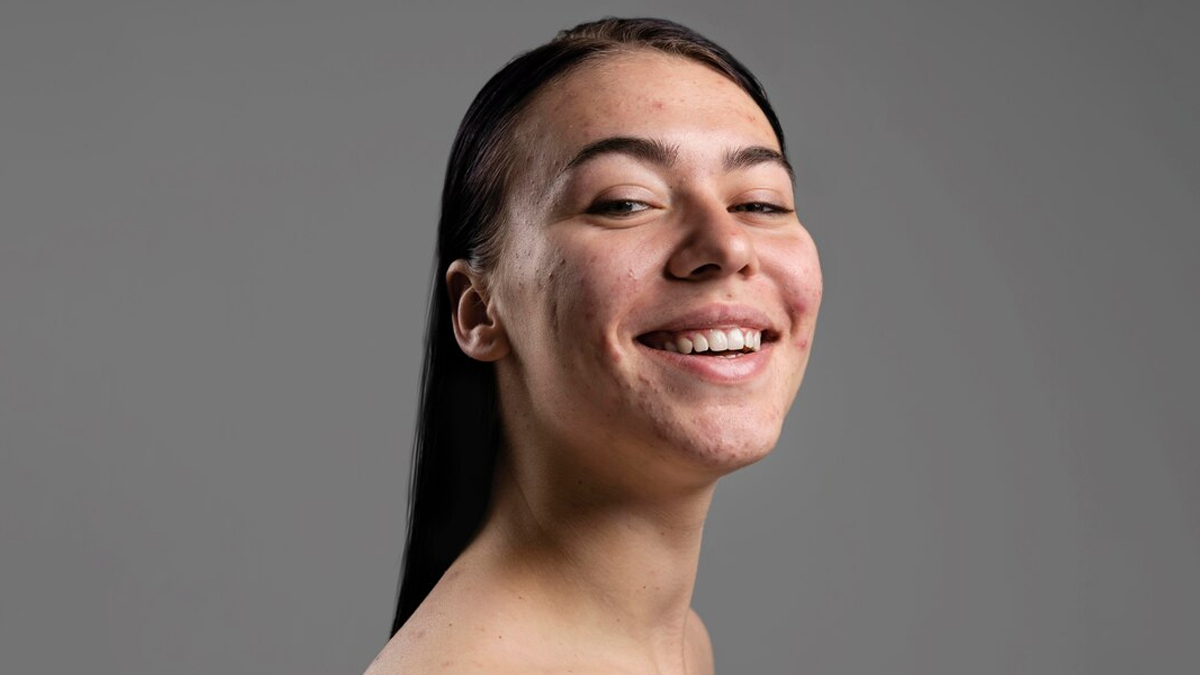
If your skin feels extra oily and greasy after using certain hair products, they might be to blame. Products with heavy oils or silicones can make your scalp produce even more oil, which often ends up on your face. This excess oil can clog pores, leaving you with breakouts and an uncomfortable, shiny feeling.
What to do: Choose hair products that are free from sulfates, mineral oils, and silicones, as these ingredients are known to cause build-up.
4. Persistent Cheek or Jawline Breakouts
If you’re experiencing breakouts on your cheeks or jawline, your hair care routine might be the culprit. Oils and residues from your hair can transfer to your pillowcase or skin while you sleep, causing irritation and acne.
What to do: Keep your hair clean, especially if you use heavy oils or styling creams. Wash your pillowcases regularly and consider tying your hair back before bed.
5. Unexplained Breakouts Despite a Good Skincare Routine
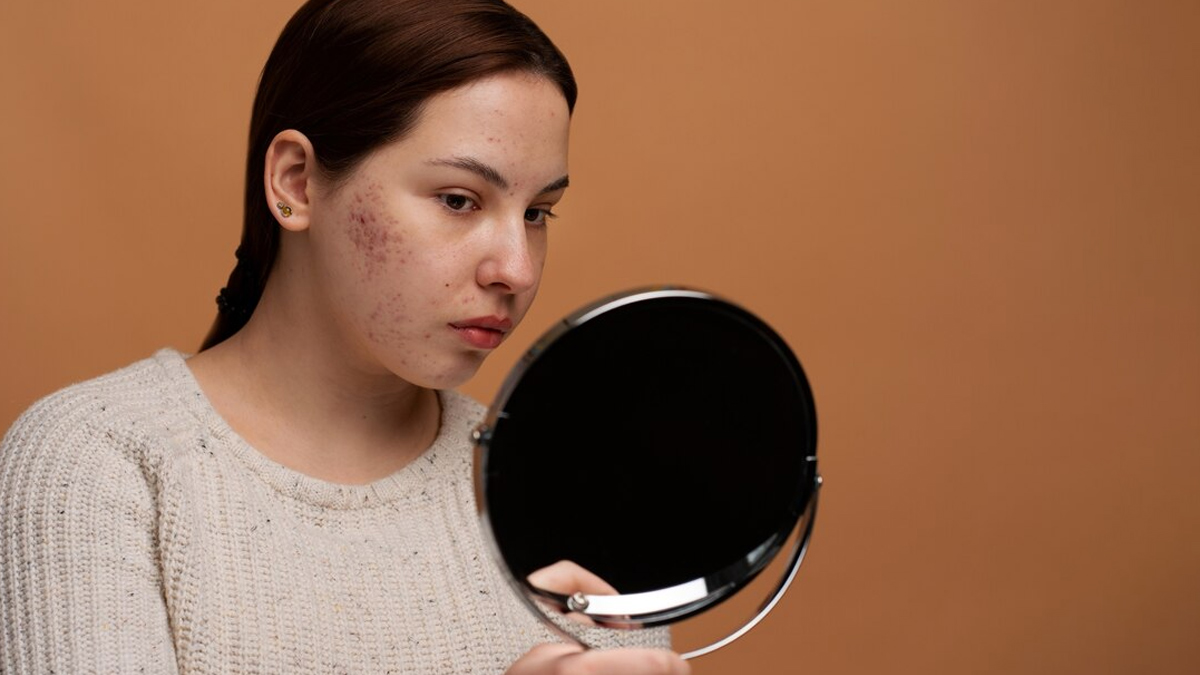
If your skincare game is on point but you’re still dealing with breakouts, it’s time to investigate your hair products. Certain ingredients like coconut oil, lanolin, and panthenol—often found in shampoos and conditioners can be comedogenic, meaning they clog pores and trigger acne.
What to do: Review the ingredient lists of your hair products. Avoid products with known pore-clogging ingredients and test one product at a time to pinpoint the culprit.
Also Read: Are Your Bed Sheets And Pillow Covers Causing Acne? Ways To Prevent Acne Due To Bedding
6. Itchy, Red, or Inflamed Skin Around the Hairline
If you’ve been dealing with redness, itchiness, or those pesky little bumps around your hairline, your hair products might be stirring up trouble. Ingredients like fragrances, sulphates, and preservatives, commonly found in shampoos and styling products, can irritate sensitive skin, leaving it inflamed and uncomfortable.
What to do: Switch to fragrance-free and hypoallergenic hair products to minimise irritation. Patch-test new products on your wrist before applying them to your scalp or hair.
7. Your Scalp Feels Greasy or Clogged
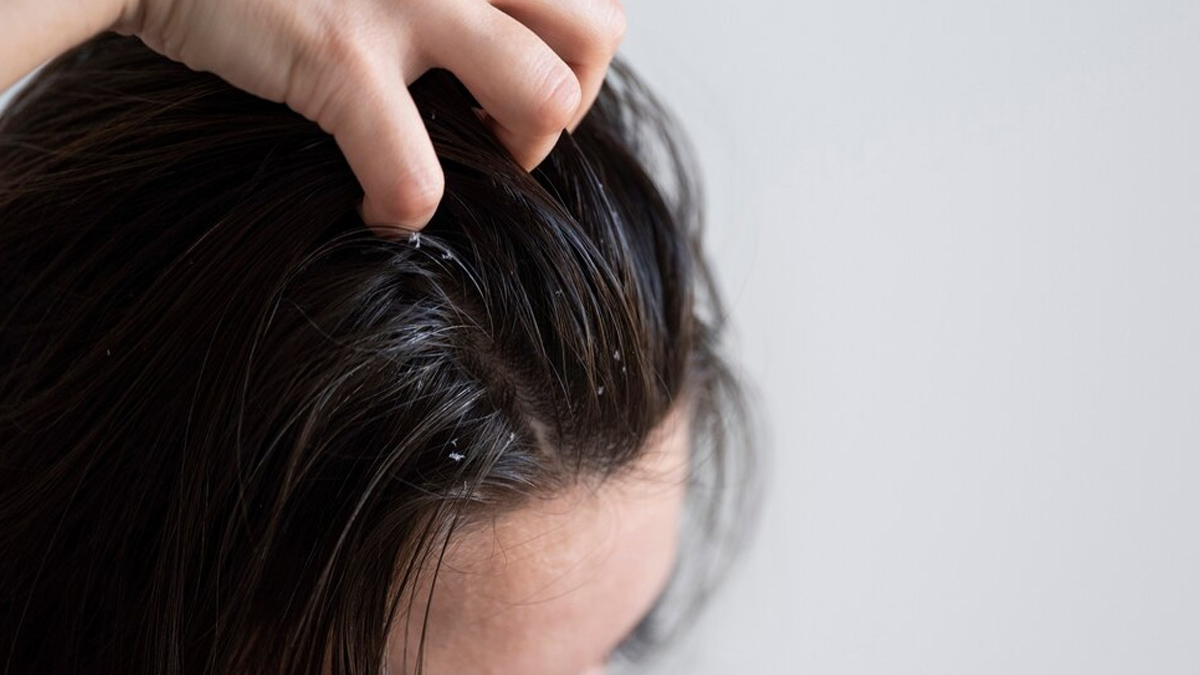
A greasy or congested scalp can signal that your hair products are too heavy, leading to excess oil production that can transfer to your face and back. This issue is especially common with thick conditioners, serums, or oils.
What to do: Use a clarifying shampoo once a week to remove build-up from your scalp and hair. Make sure you don't apply heavy products near your roots.
How to Prevent Breakouts Caused by Hair Products
- Wash Wisely: After rinsing your hair, cleanse your body to remove any residue that may have transferred to your skin.
- Tie Your Hair Back: Keep your hair away from your face and back, especially during workouts or when applying skincare products.
- Choose Skin-Friendly Hair Products: Opt for non-comedogenic, fragrance-free, and lightweight formulas.
- Clean Your Tools: Wash hairbrushes, combs, and styling tools regularly to avoid transferring old product residue to your scalp and skin.
[Disclaimer: This article contains information for informational purposes only. Hence, we advise you to consult your own professional if you are dealing with any health issues to avoid complications.]
Also watch this video
How we keep this article up to date:
We work with experts and keep a close eye on the latest in health and wellness. Whenever there is a new research or helpful information, we update our articles with accurate and useful advice.
Current Version